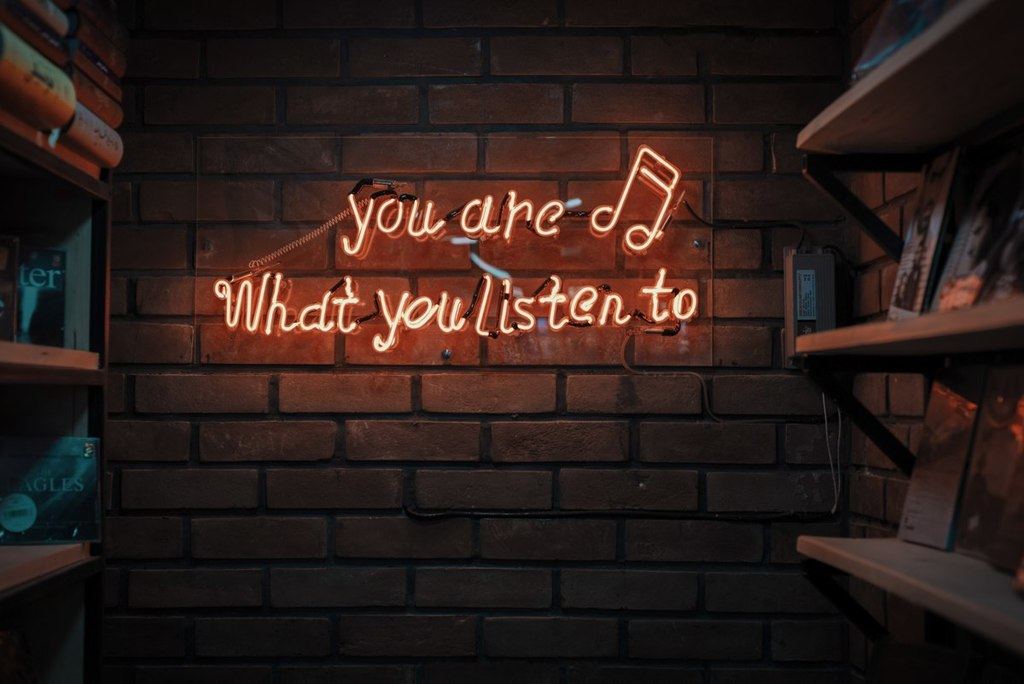
I have already written about how to source new music to DJ with and where to actually buy it. Today, I’ll put the pieces together and tell you how a typical tune goes from getting on my radar to ending up in my DJ library.
How I Discover New Music
I get most of my new track ideas via one of the sources below.
- Radio shows and podcasts. I’m subscribed to a few weekly podcasts like Glitterbox Radio Show. What I like about Glitterbox in particular is that alongside new stuff, it also features older tracks that I might not have heard before. Shows and podcasts like this are not DJ mixes per se, so I generally don’t bother with listening to the episodes from start to finish. What I do instead is quickly skip through the episodes in 15-second intervals to see if some track catches my eye (or ear?).
- DJ mixes. I try to regularly listen to the SoundCloud mixes of the DJs I follow. I normally go from start to finish to understand the idea behind the track selection and how the DJ builds the mix in general.
- Live sets. Whenever I hear another DJ playing, I keep my ears open for any new material. You can come across some unexpected gems this way.
- Purposeful digging. I’m digging ever deeper into disco these days, and I’ve actually made it a point to listen to all of Slayd5000‘s uploads on YouTube. It’s not moving particularly quickly but I’m discovering some true masterpieces along the way. I also go through disco compilations on Deezer from time to time.
Continue reading

I was adding some Cerrone classics to my Serato library not so long ago. “You Are the One” was high on my list, so I went to Google Play and bought the track as usual. But when I loaded it in Serato, the track’s waveform looked strange…
Instead of a neat, pulsating waveform, I was looking at a squashed and hammered brick that showed almost zero dynamic range. Opening the track in Audacity confirmed that the tune had been overcompressed to the point of soft clipping. The waveforms were so hammered, there was no way I was going to play that beast in public. I call this “sound rape”.
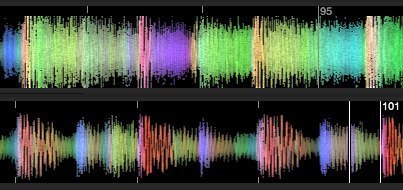
Overcompressed track (above) vs. a normal one in Serato. Note the squashed, almost flat, waveform.
Continue reading
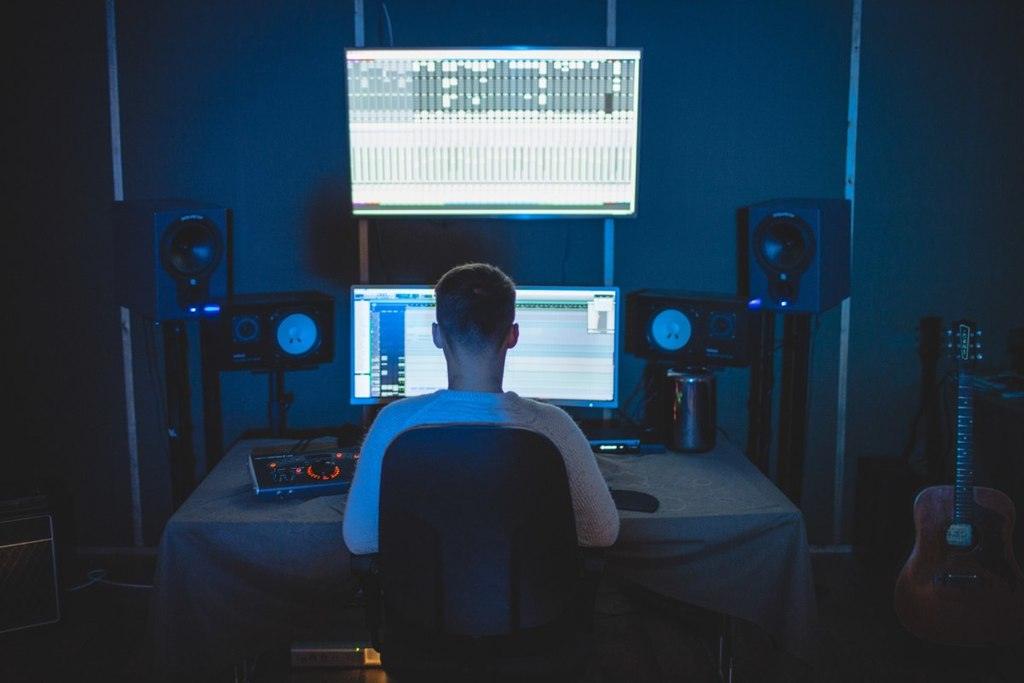
In part 1 of this post, I explained how to prepare your vinyl records for digitizing and how to transfer them into unprocessed WAV files. Today, we’ll be doing some post-production of the digital recordings as well as getting them ready to be imported to your DJ software.
My post-production process for a vinyl recording consists of 8 steps. Here they are:
Continue reading
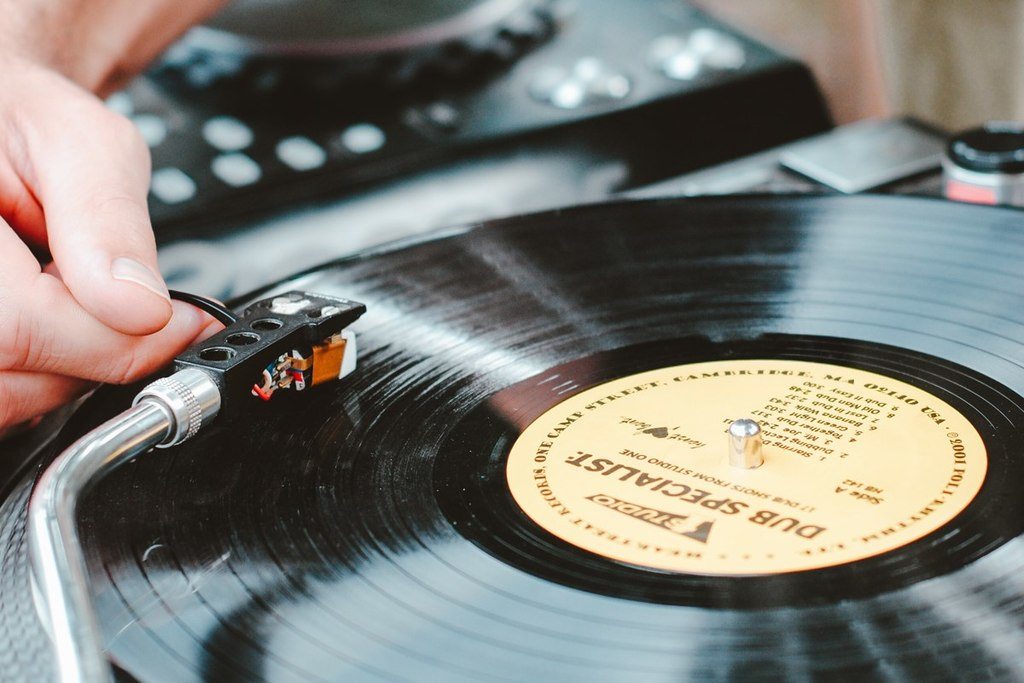
Having switched from vinyl to digital DJing, I recently found myself needing to digitize a few records from my collection. Digitizing vinyl isn’t hard but there are a few important points to keep in mind. In this two-part post, I’ll describe what equipment you’ll need for digitizing vinyl, how to prepare for a recording session and how to go from raw WAV recordings to digital tracks that you can DJ with. (Click here for part 2.)
The Equipment
Here is what you will need to transfer a vinyl record to a digital format:
- A turntable
- A phono preamp (normally built into your mixer or a dedicated USB audio interface)
- A computer
- Connecting cables as needed
- Audio recording software.
Connecting your turntable to a computer or laptop is actually a micro-challenge. The thing is, turntables normally have a “phono” audio output, which has a much lower signal level than the “line” input expected by a computer. That’s not to mention that a turntable typically has two “male” RCA connectors with a grounding cable, and there’s just nowhere to plug them into on a computer or laptop.
Continue reading

If you’re a vinyl DJ, your records are your livelihood. Unlike digital tracks that can incur no wear and are easy to copy and backup, vinyl records are a pretty fragile medium. Every tiny scratch or piece of dust, not to mention the record being warped, will affect the sound. All of this means that you need to take special care looking after your vinyl.
Your records’ biggest enemies are irreversible damage like physical wear and warping. Those are closely followed by dust and dirt, which affect playback. Physical wear includes scratches, damage inflicted by playing a dusty record, or playing the record with a worn-out stylus. A warped record is one that’s no longer flat, which leads to sound distortions and needle jumping. Here’s how to prevent both types of damage to your records and make sure they sound their best.
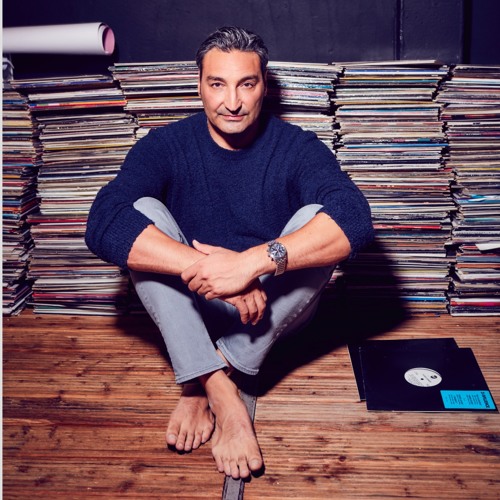
No, Mousse T., please don’t store them like that! Just don’t.
Continue reading
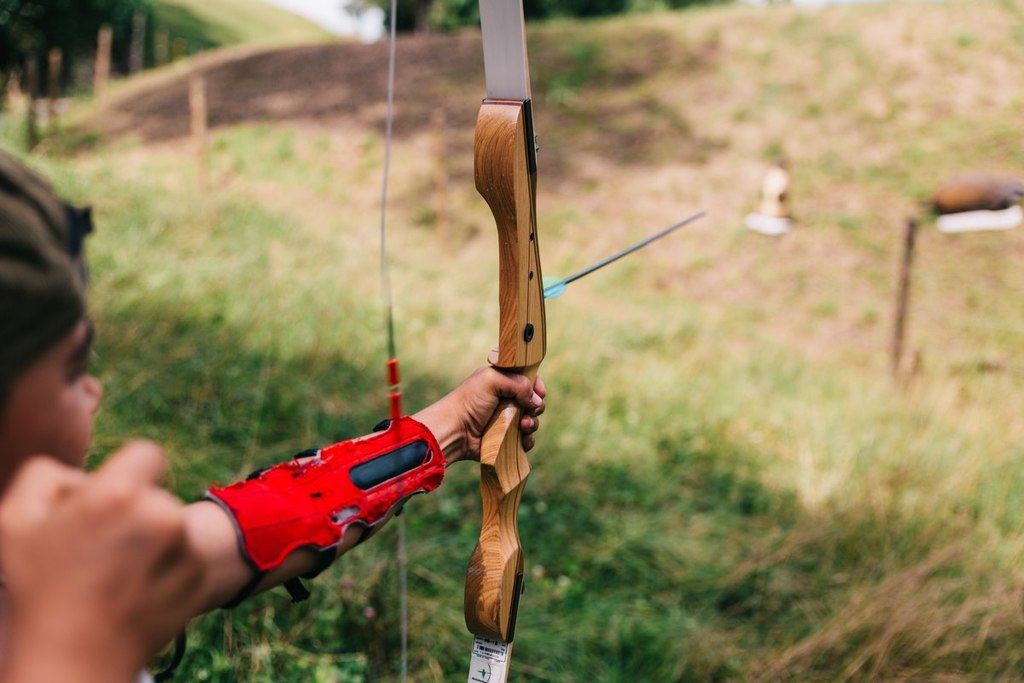
Practice makes perfect. You know that you need to practice regularly to become a better DJ, but what exactly do you do during those practice sessions? And, most importantly, how do you keep them interesting and fun? In this post, I’ll share my approach to practicing.
Let’s start with the basics. When you learn a language, your end goal is to be able to speak that language better in everyday situations. When you practice jazz piano, your end goal is to be able to play those jazz pieces better. When you have a DJ practice session, your goal is to play better DJ sets. See a pattern here? The end goal of any practice is to do the thing better… And I find that doing the thing is also the best way to practice.
What this means is that the best way to organize your DJ practice session is by building it around a DJ set. (And if you’re just starting out, you should try playing actual sets as early as possible.) Imagine that you’re working on your EQing at the moment. In your practice session, play tunes one after another in a DJ set, while paying special attention to your EQing during the transitions. If you don’t like how a particular transition worked out, rewind the outgoing track and try again.
Continue reading
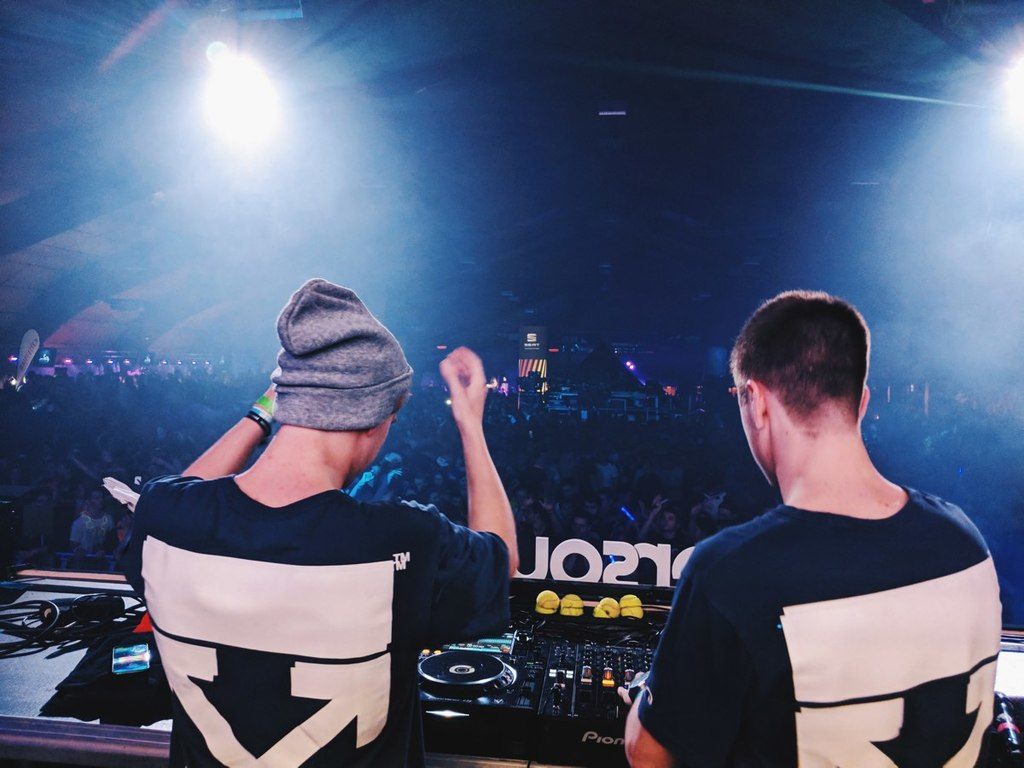
Learning to DJ can be a challenge, and not just because you need to master the actual DJ techniques. The real problem is, how do you know which techniques to learn and practice in the first place? There’s so much information on DJing out there that it’s hard to understand what you should be doing, especially if you’re just starting out. Should you learn scratching? Should you practice looping and sampling? Or maybe you should learn how to make re-edits first?
Luckily, learning to DJ is actually a pretty straightforward process. In this post, I’ll try to remove the fluff and give you a clear 5-step program for mastering the core DJ skills. By the end of this program, you will be able to play your first public gig confidently and successfully. Ready? Let’s go:
Step 1: Get a DJ setup. It’s hard to learn to DJ without an actual DJ setup in place. The good news is that your DJ gear doesn’t have to be expensive. If you already have a laptop, a DJ controller is a no-brainer option that will get you up to speed quickly and inexpensively. Keep in mind that some controllers ship with a “light” or “intro” version of DJ software. You’ll definitely want to upgrade to the full version, so make sure you factor the upgrade price in your budget.
Continue reading

I fell in love with 1970s disco early in my DJ career, but I started to add disco and funk to my DJ sets only very recently. In this article, I’m going to share how I address some of the unique challenges to mixing these genres, as well as explain how I approach building disco and funk sets in general.
Why Mixing Disco and Funk Is Hard
There are three things that make mixing classic disco and funk harder than mixing your typical house or techno tunes. Here they are:
Continue reading

There's a lot of ways that DJs can learn the tricks of the trade these days. You can listen to podcasts, watch YouTube videos, read articles on the Internet. That said, I find that for some aspects of DJing, nothing beats a good book where you can get the information on the various facets of the craft in a complete, structured way.
I've read several DJ books over the years, and below are the four that I've found the most useful in helping me become a better DJ.

Sometimes you may want to mix two tracks whose tempos are quite different, say go from a 140 BPM track to a 128 BPM one. The problem is, pitching a track up or down more than 4% is almost certain to make it sound weird, and in this example, you’d have to pitch track B up a whopping 9%.
Here are a few tricks to help you mix tracks with different tempos.
Cut it in on the break. Cue up track B at the start of its break. Start it on the 1st beat of a phrase in A’s outro and instantly crossfade to it. The tempo change won’t be as apparent after B’s beat kicks in 32 bars later.
Bring it in over the ambient intro. If track B has some kind of ambiance in the beginning with no beat, you can use that part to cut or crossfade from A to B and let B’s beat kick in later. This is a kind of mix that you would often hear a radio or a mobile DJ do.
Continue reading










